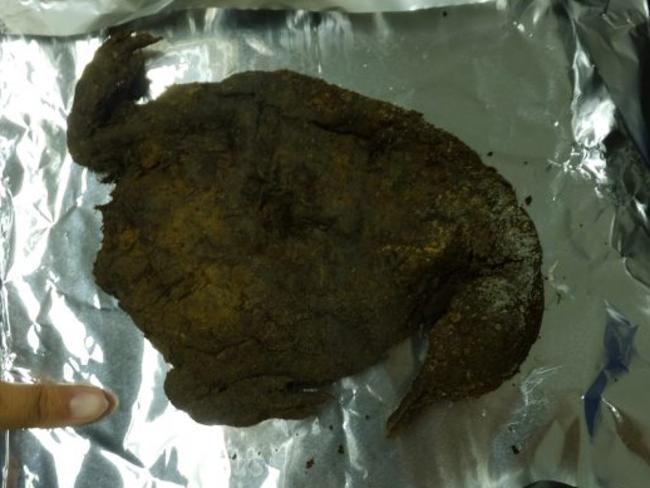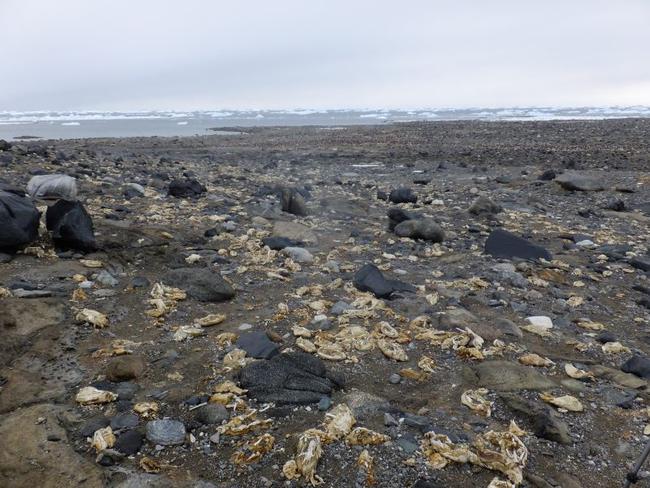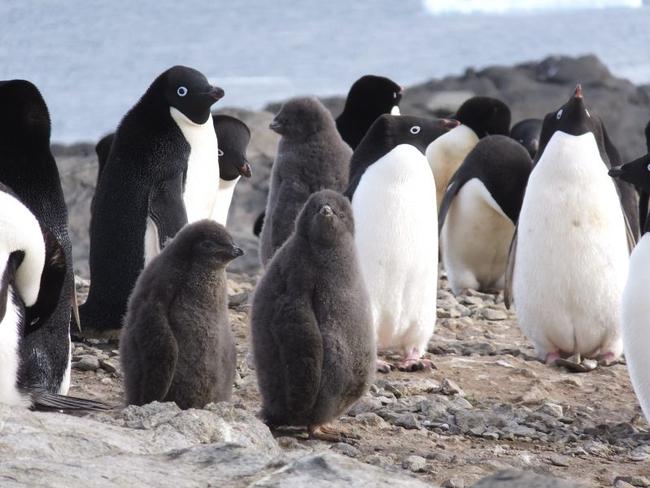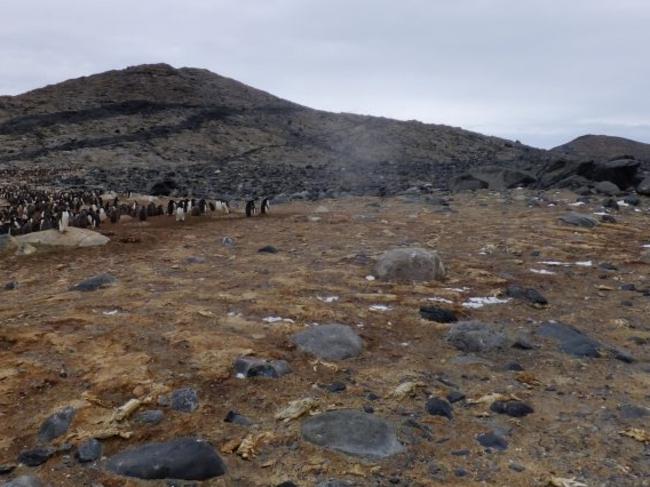Warning weather events could wipe out more penguin colonies after mass grave found
AUSSIE scientists have found a graveyard full of mummified penguin bodies, and it could deliver a startling message about the future.
HUNDREDS of mummified penguin carcasses have been found in East Antarctica by Australian and Chinese scientists.
The researchers say it is likely the mass deaths were linked to two massive weather-related anomalies that could become more commonplace in the future due to climate change.
The 200-year-old Adelie penguin grave on Long Peninsula was found in sediments that not only recorded heavy run-off events, but also helped to unlock the ages of the events.
Yuesong Gao said individually the penguin carcasses were not unusual.
But when the researchers studied the sediments in which they found the mummies, most of the carcasses turned out to be from two specific weather events that occurred in breeding colonies about 750 and 200 years ago.


That was according to radiocarbon dating of the mummies and the sediments.
“First of all, the extent of carcasses and abandoned colonies struck us,” said Gao, of the University of Science and Technology of China in Hefei.
“Then we were surprised by the consistent dates of the mummies. We had expected a much larger range of dates.”
The researchers were also struck by the unusually thick layers of sediments in which the mummies were buried.
These were evidence of a lot of water flowing over the surface over a short period of time. That would indicate unusually wet weather in hyper-arid Antarctica, which is particularly deadly to penguin chicks because, unlike their parents, they have not yet developed waterproof feathers.
Snowy and rainy weather can soak chicks to the skin and sap away their body heat, causing them to weaken and die from hypothermia.


“We found that relatively short periods of climate anomaly in the past have caused terrible consequences to the penguin population,” Gao said.
The climate anomaly that caused the penguin colony collapses brought a lot of moisture south from the mid-latitudes and increasing near-shore ice.
The frequency of these anomalies has increased in the late 20th century because of global warming.
The researchers said as a result, some places in Antarctica had seen more snow accumulation between 1970 and 2009 than in the previous 1000 years.
They said if die-off events like those of 200 and 750 years ago became more common, it could be bad news for Adelie penguins.
“We should pay attention to the threats of climate change to penguins,” Gao said.



